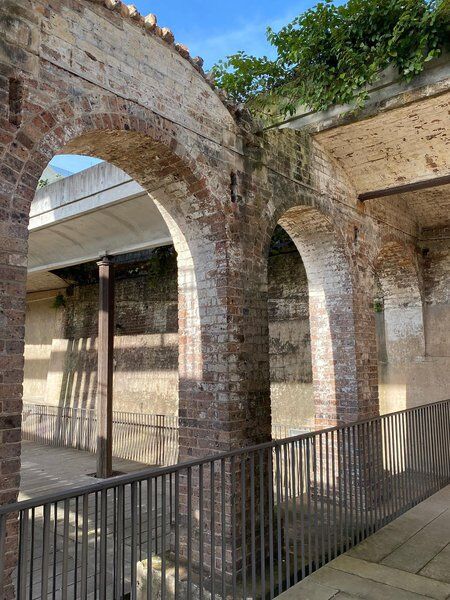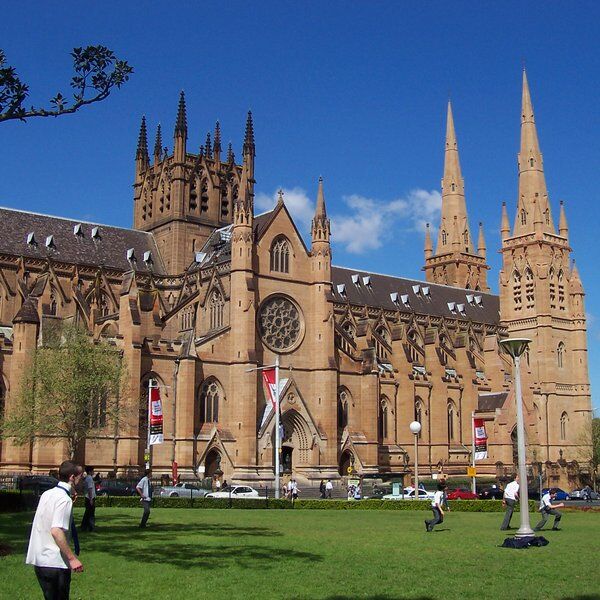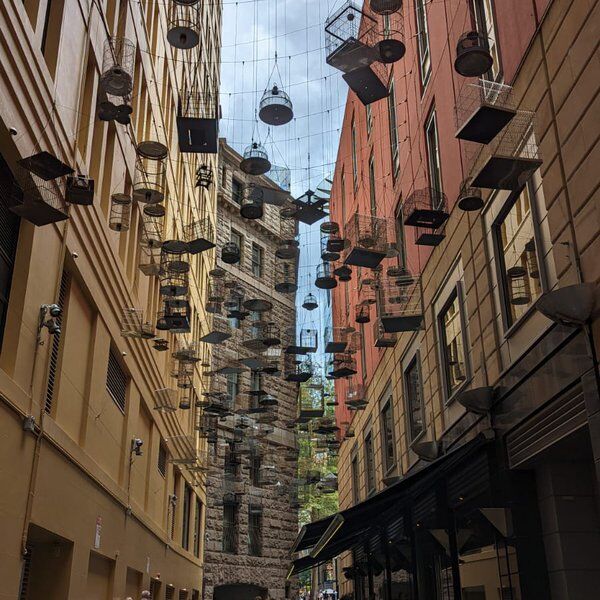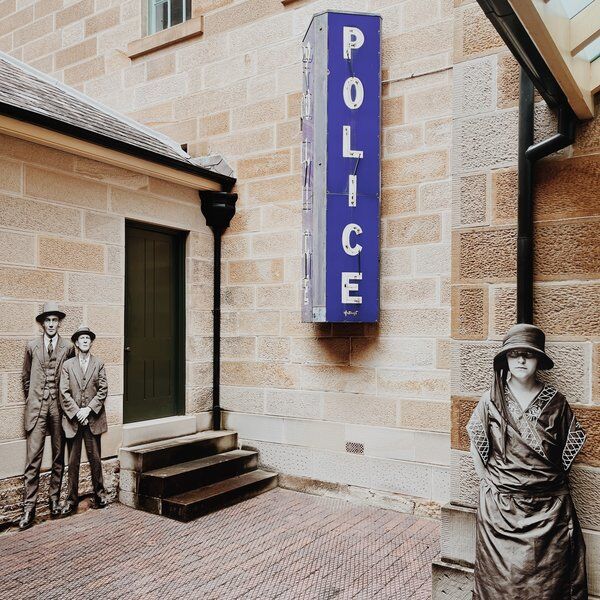
Between 1866 to 1899, the site functioned with very limited hype as a high level component of Sydney's first reservoir system. It is a brick structure supported by timber columns that in-turn support segmental arches, forming a roof. Today, on this rooftop is a public garden: a valuable area of open space in an otherwise densely built-up city suburb.
Since the 1950s a number of attempts have been made to demolish the reservoir and use the space differently. These have been met with long-standing community efforts — by the Paddington locals — to preserve the Reservoir Gardens. A testament to the high level of regard in which it is held by the community.
The History of The Paddington Reservoir Garden
The development of the Paddington Reservoir began in 1859 as part of the Botany Swamps water scheme, which proposed a number of reservoirs at key destinations around the city.
It was originally built below street level and in two stages. The western chamber was finished in 1866 and the additional eastern chamber (created to meet the demands of the rapidly expanding city) was finished in 1878. Once constructed they were then connected to the Botany Swamps pumping station, which offered a new source of water to the elevated suburbs of Sydney. This was life-changing as these suburbs had up until this point only been serviced by wells and water-carts.
The reservoir ceased operating in 1899. From 1914 the site was used for storage and as a garage for the Sydney Metropolitan Board of Water Supply and Sewerage. It was dewatered in 1920 and later used as a workshop. The roof was first used as a grassed public reserve in the 1930s, when seats and steps were added.
The site remained like this until July 1990, when part of the roof of the western chamber collapsed. After this and another further collapse, the street-level grassy reserve and area beneath were closed and the site was abandoned. Work commenced in 2006 to convert the disused reservoir into a park.
Designing the Paddington Reservoir Gardens
We were captivated by the possibilities of revealing the 19th century structures as a ruin through which members of the public could wander, taking in the dramatic spaces and play of light across the remnants of historic walls and vaults.
In 2006, architect Tonkin Zulaikha Greer and landscape architects JMD Design were commissioned to conserve and restore the derelict Paddington Reservoir (which, subsequent to its closure, had become state heritage listed in 1999) as an urban garden. Generally, the expectation was that the site would be capped off and a brand new arrangement featured on top. However, when the facility finally reopened, the collaborating architects — having been ‘captivated’ by the existing space — had transformed it into a public garden dispersed over three levels.

Paddington Reservoir Gardens now consists of a reinstated, raised, rooftop reserve above the preserved eastern chamber, a richly-planted sunken (and sun-soaked) garden in the roofless western chamber, and a civic park and small plaza on the northern street between the reservoir and Town Hall. The designers even decided to save some of the moody street art, which appeared in the many years that it was disused, cordoned off, and left to the mercy of stray wildlife and spray-can savvy graffiti artists.
Features of the Paddington Reservoir Gardens
Architecturally, much of the historic brick, timber and iron structure remains, now paired with contemporary materials like steel, aluminium, and concrete. The raw, industrial nature of these elements are crucial to protecting the memory of the reservoir’s original purpose, whilst the implemented horticulture and inviting walkways soften its visual appearance. With this in mind, photoshoots often take place amongst the “seductive alluring plant-draped ruins”, especially at sunset, when the Reservoir Gardens are at their most beguiling.
In its entirety the Paddington Reservoir Gardens are made up of various contrasting areas; some heavily planted, some simply stretching out into lawns. There are ponds, plazas, seating, and ramps and escalators to guide you to the different levels. There is even a sandstone wall: the remnants of a church that formerly stood on the site.

As a reservoir the site represents Australia’s peak water storage technology in the mid-19th century. Its cultural significance is embedded in its presentability as a raised public garden, a factor that has caused many local inhabitants to pledge to protect its existence. Today, the careful attention to detail, limited materials and vibrant planting techniques used by the design team in the restoration of the gardens has allowed for a place that proudly broadcasts these rich cultural and historical characteristics.
Interested in finding more places like this? Why not try one of our Scavenger Hunts in Sydney - work as a team to overcome cryptic riddles and allow yourselves to be swept off the beaten track on a journey to discover all the quirky bars and unusual sites Sydney has to offer.
Alternatively, please read on for further information about opening hours and things to do in the gardens.











